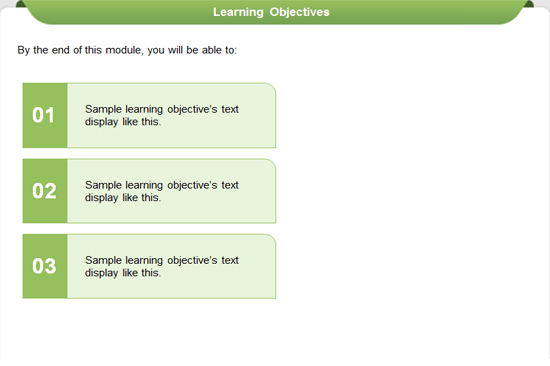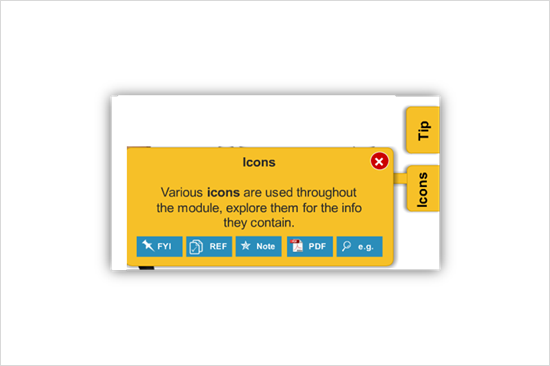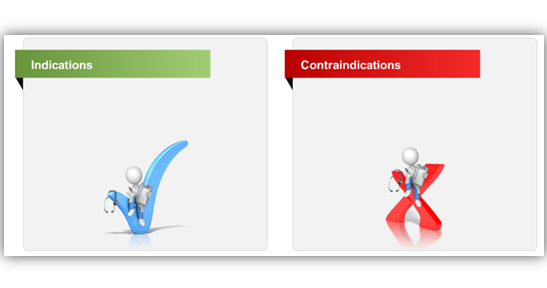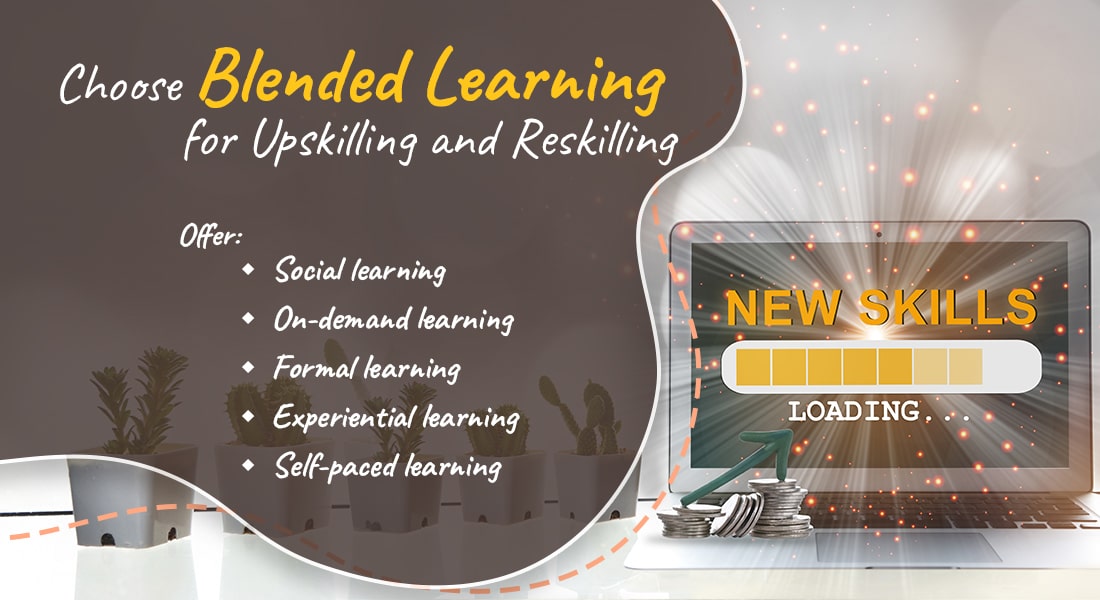Advantages of Curriculum Courses Through Standardization

I f you have a huge bank of courses to be developed on a similar subject or topic, adopting a curriculum-based approach is the best choice when opting for learning technology solutions. In fact, to develop curriculum-based courses is the latest trend in e-learning. They offer many benefits to the learners, stakeholders, and the organization at large. Let us explore how this is achieved.
First, what are curriculum courses? Curriculum courses consist of individual, stand-alone modules that constitute a single course. Each module in the curriculum will deal with 2-3 learning objectives of the course and have its own Final Quiz. Learners need to complete each module successfully to complete the entire course. Thus, curriculum courses are a comprehensive learning solutions where learning is imparted as individual modules.
What Do Curriculum Courses Offer?
The main tool of curriculum courses is standardization. What is it and how does it help?
1. Standardized Screens
In curriculum courses, most of the common screens can be standardized. This helps learners become better oriented and familiar with the courses – they will know what to expect at each step.
This is made possible through the standardization of elements such as the Welcome Screen, Learning Objectives, Final Quiz, Transition Screens, and so on.

2. Reduced Development Cost and Efforts
Since most of the recurrent slides are finalized, they can be stored in a template library and resued when and where needed. This thus reduces the effort and costs associated with developing new screens each time. It also helps speed up development and roll-out multiple courses simultaneously.
3. Standardized Visual Components
It is not only the common screens, but even common visual elements that can be standardized. For instance, all the common icons can be finalized, stored in the library and used when and where needed. Even common presentation patterns and infographics can be standardized. This will help learners associate each slide with what it conveys purely based on the screen layout and colors.

For example, if your courses deal with medical drugs, they are bound to have common topics such as the Dosage, Side Effects, Warnings and Precautions, and the like. Each of these screens can be standardized so that learners are well oriented with the course.

4. Standardized Formative/Summative Assessments
The layouts, colors, feedback boxes, and even the feedback text can be standardized and used according to the need. Similarly, the Final Quiz with its elements such as Retry/Review Quiz can also be standardized.
So if you decide to roll-out curriculum courses in e-learning, standardization is the way to go.
In addition to the benefits discussed thus far, what are the specific advantages offered to curriculum courses by standardization?
Benefits to Learners
The main advantage of standardization is that when learners deal with a specific set of standard screens, they become oriented and visually connected to the course. This helps save a lot of time which is otherwise lost in orienting learners to the screens.
By associating a particular topic with a particular layout/screen, learners will graspcontent faster, retain them in their memories for a long period, and recollect the information faster.
Benefits to Developers
As discussed earlier, having a library of approved finalized templates will reduce development efforts, increase reusability, and improve scalability.
Benefits to Stakeholders
Stakeholders benefit twofold through the use of curriculum courses.
As most of the screens are standardized, in the long run, development costs reduce drastically. Scalability will be rapid and multiple courses can be rolled out more or less simultaneously.
Increased learners retention and positive reception of the courses will lead to employees with improved performance – which in turn will lead to increased productivity, and thus, at a broader level – to increased ROI.
Do use the curriculum-based approach for e-learning courses if you have several courses to be developed around the same subject and enjoy all these benefits.
Know of any more advantages? Do share them with us.





